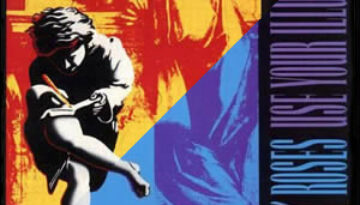Use Your Illusion (I & II) by Guns n’ Roses
Buy Use Your Illusion I Buy Use Your Illusion II It had been four years since Guns n’ Roses had put out their last full studio album, which also happened to be their […]

Buy Use Your Illusion I Buy Use Your Illusion II It had been four years since Guns n’ Roses had put out their last full studio album, which also happened to be their […]

Buy Appetite For Destruction Guns n’ Roses arrived like a tsunami on the rock scene with their strong 1987 debut, Appetite for Destruction, a hard rock album which blew the glam out of […]